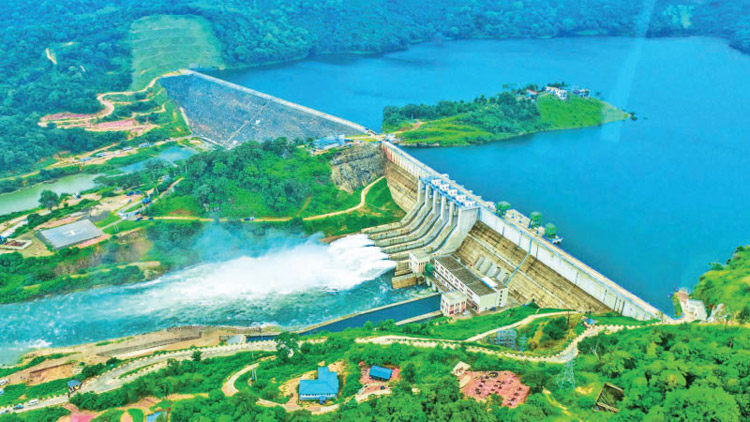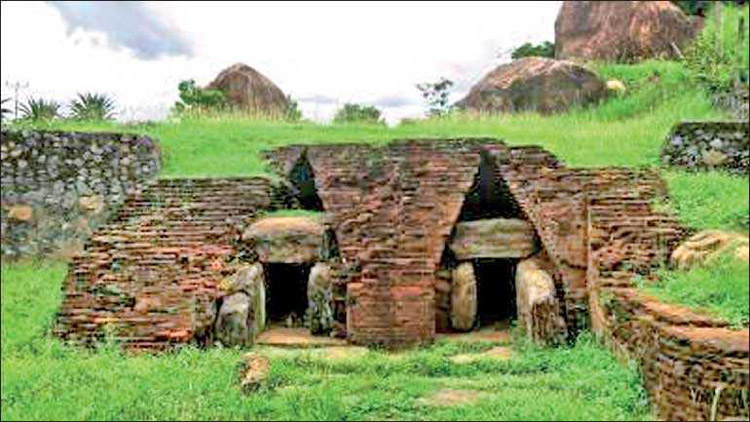September, 21, 2022

UN resident coordinator in SL recently appealed to SL’s friends to donate food, medicine etc. to help SL face the crisis (Ref. Media). There is much discussion on paddy prices and sufficient rice stocks in the coming months. There were also concerns about chemicals mixed with the imported rice. However relevant officials denied those allegations. Even though SL is considered predominantly an agricultural society there was talk about importing rice from the moon.
When South Indian powers colonized SL during 3rd century BC, it is written that king Kavantissa focused on; organizing the military to fight the invader under elder son Dutugamunu and on rice cultivation in the Eastern Province under his second son Saddatissa to feed the 100, 000 strong army. After defeating the invading South Indian Forces in 161 BC, king Dutugamunu has developed strong links with the Persian Empire and got a delegation from Persia for the foundation laying ceremony of the Ruvanweliseya (Ref. History chronicles). When modern engineers were excavating the site to construct the Maduruoya reservoir they unearthed parts of the ancient water control system. Some expert’s view that the cement used in the ancient dam contained petroleum based products which may have been sued for water proofing. Since petroleum is alien to SL it may be that the Middle Eastern regional powers invested in rice cultivation in SL for their very own food sustainability. Dutugamunu’s relations with the Persians may have some trade bonding as well. Nearly 2200 years later last offensive against the LTTE which was once backed by India (later Indian Army fought against it) started at Mavillaru when LTTE blocked the water going to rice fields.

Colonial influence on rice cultivation
Some believe that colonial rulers were concerned about SL’s skills in rice cultivation and took steps to reduce rice production through various means may be with intensions of getting SL population attracted to cultivating the commercial crops they introduced. It is believed that Chinese civilization introduced rice cultivation to the humans about 10,000 years back. In the 1970s China developed the first hybrid rice under Yuan Lingping who is considered “Father of Hybrid Rice”. Prior to that China signed the Rubber Rice pact in 1952 and helped SL fight famine. In 2020 China reached its first centenary goal by alleviating poverty in China and also managed to land on the moon. During the lunar expedition Chinese scientists successfully tested if rice grains would germinate after being exposed to the lunar environment. In 2020 China also managed seat the Martian expedition and recently released its findings. Chinese Scientists have found that Martian soil has high bearing strength and low friction parameters. According to them it reveals that the site where the rover landed must have experienced wind and possibly water erosion (Ref Chinese sources).
China US agricultural relations
Although China – US relations are debatable at times, China and USA are two leading agricultural producers. Chinese ambassador to USA Qin Gang had recently encouraged joint agriculture green development initiatives at Climate Smart Agriculture Roundtable Discussion in St Louis, Missouri to help mankind reach sustainable development goals. Chinese market is one of the largest in the world. When China wanted to join the World Trade Organization, it is believed that western powers insisted on getting the Chinese market open to western Tobacco, Coke and Pepsi companies in return for WTO membership. If China keeps its markets open USA and European farmers can gain much from it through Belt and Road networks. Chinese envoy has also said that it is their common responsibility to promote sustainable agriculture and to protect global food security for future generations. SL’s historic friend China helped to construct the Moragahakanda Kalu Ganga reservoir which is the largest ever constructed in SL (known as the island of 1000 manmade reservoirs). How China fought famine and Japan increased rice production after WWII are two good lessons for SL to face the present food crisis.
(The writer is an academic and a broadcaster. Views expressed are personal and may not be the views of his affiliations)
Video Story